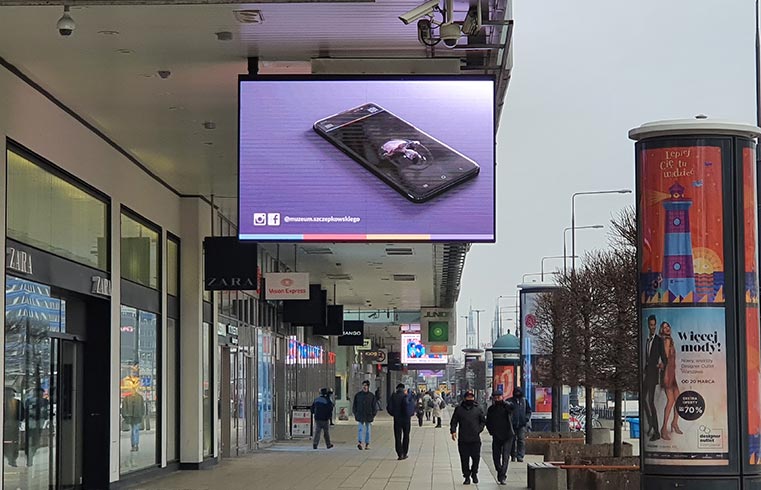
From neon to LED, how shop signs have evolved
18.03.2022
The first illuminated sign in history was presented in Paris at the beginning of the twentieth century, more precisely in 1910: it used low pressure neon gas inside a glass lamp.
It was a couple of years later that a barber in Paris got the idea to use one of those neon neon signs to attract the attention of passers-by and signal the presence of his shop: it was the first time in history that a neon sign was used for an advertising purpose.
Since then, neon signs have found widespread use throughout Europe and the United States, as well as in some Latin American countries.
It was in the Seventies that, thanks to the development of LED technology (the first LED was invented in 1962), the diffusion of LED signs began, replacing the more obsolete and less versatile neon ones.
LED signs initially were very simple, sometimes characterized by single-color LEDs (green in the case of pharmacies crosses), and they met with great success as extremely versatile and capable of reproducing dynamic text messages and, later, also pictures and videos, unlike neon signs.
LED signs have become increasingly popular tools on the market as they represent one of the best investments for shops and megastores owners, thanks to increasingly advanced lighting effects and the improvement of technology that has made it possible to reduce electricity consumption more and more. LED signs are extremely useful for the store manager who uses them to communicate, in addition to information such as time, date and temperature, also opening hours and promotions, and they are very simple to be managed as they use extremely simple software designed for those who aren't very familiar with new technologies.
The total customization of the LED sign also allows you to improve the brand awareness of your brand if there are more than one points of sale, while if it were a single shop it will give you the opportunity to easily distinguish yourself from your competitors and attract the attention of the most distracted passers-by.